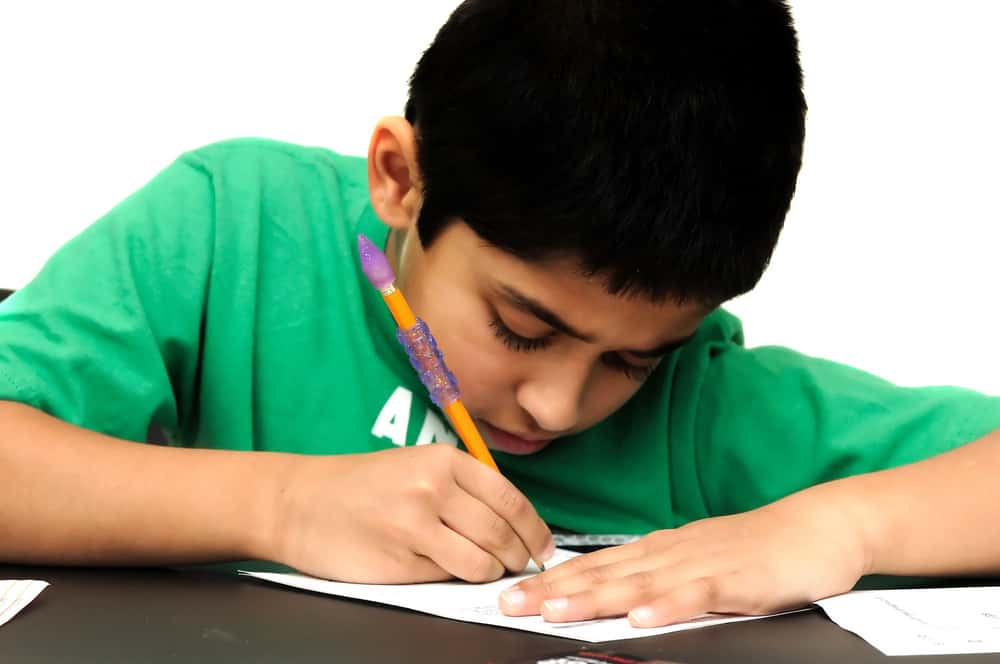£17 billion potential saving
Early intervention and early help are good for children, families and services which is why we should all be focussed on ensuring this works as well as possible. Did you know in England and Wales if early intervention was used well there could be a £17 billion potential saving to services as well as improved outcomes for children and young people? You can read more about this here.
The earliest point of identified need
Early help is offering advice, support and direct interventions at the earliest point of identified need. The point of early help is to support families to support themselves, to prevent problems escalating but also to deal with existing problems sooner rather than later. This means that agencies should work together as soon as a problem emerges or a need is identified to ensure the child gets the right response, and the right services, from the right people at the right time.
So the key to improving effectiveness of early help services is to know which children are in need of your support and help at the earliest possible opportunity. Children know and are often able to identify the risks they live with every day; we only need to provide them with the ways to tell us what those are.
We are hearing more and more from services who are effectively using children’s participation to do just this.
Lucy’s story
Lucy and her family had been known to the worker for some time. There was already a good relationship in place so there was no real expectation of gaining any new information while using Mind Of My Own. After a while of happily chatting through the different parts of the app the child disclosed something completely unexpected to the worker. Upon checking out the detail of the disclosure it was decided to move Lucy’s case from Child in Need to Child Protection. The worker had been surprised at the disclosure and felt it was due to working in a different way with the child that had enabled them to share this information. We always find that focussing on a screen rather than looking at someone can be helpful when there are difficult things to say. (Coventry Social Care Worker)
The child’s voice in early help
Workers tell us that when children are involved plans are more successful and they can see their experience from the child’s perspective. The child’s lived experience is clear which makes them safer, happier and their wellbeing improved. Another important factor is that children become more visible, without needs overshadowed by the adults around them.
Tom’s story
Tom, aged 10, was supported by his early help worker to complete a wellbeing statement to help him share how he was feeling. He scored himself a 1 when asked how he was doing. Tom went on to choose words such as ‘anxious’ ‘unsafe’ and ‘confused’ which explained why he scored himself as a 1 on the scaling question. As each section prompted Tom with questions, he answered with protective factors such as having good friends and he likes where he lives. He also thought he has good coping techniques when things don’t go well for him stating ‘he is kind to himself’. Tom went on to say he was worried about the way he looked and his future. He thinks people don’t like him and he is getting bullied at school. The worker was able to use this information to speak to Tom more on her next visit. Tom is recovering from an illness and needs to have a lot of treatment, which worries him and puts a strain on his Mum. The early help worker was able to look at Mum’s wider networks to see if there was other support that could help. She discussed the bullying with Tom and has agreed that this will be picked up as part of the early help plan when school reopens. (Together for Children Sunderland)
Intervene at the right time and in the right way
Needs cannot be met, nor situations improved, without listening to what children have to say and acting on it. Make sure whatever part of the early help process you are following, you capture and record the voice of the child and most importantly take action on what they say.
This enables services to intervene at the right time and in the right way for the child bringing about better outcomes for children and young people just like Tom and Lucy.




